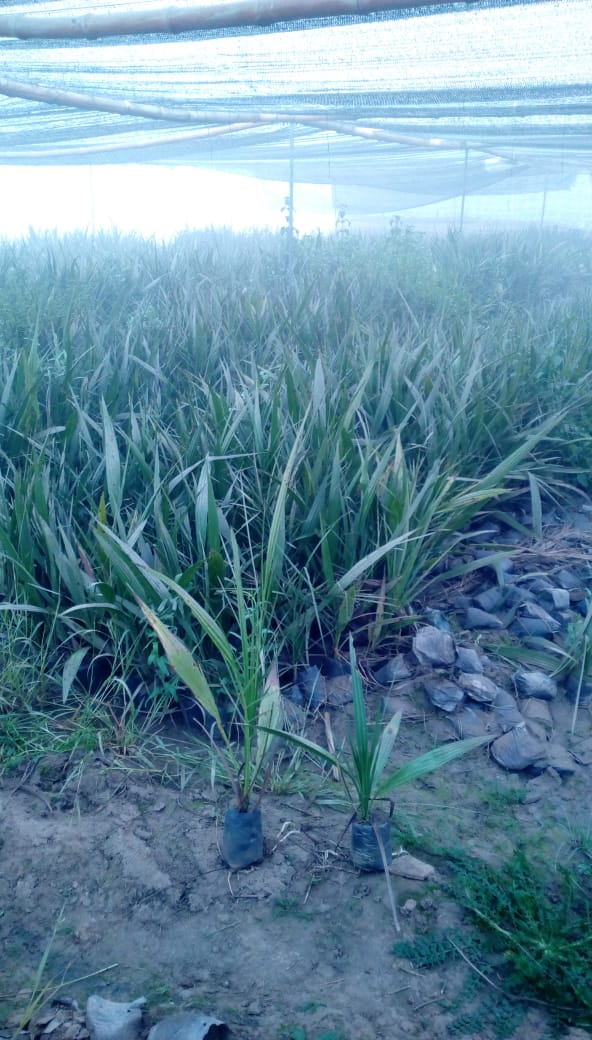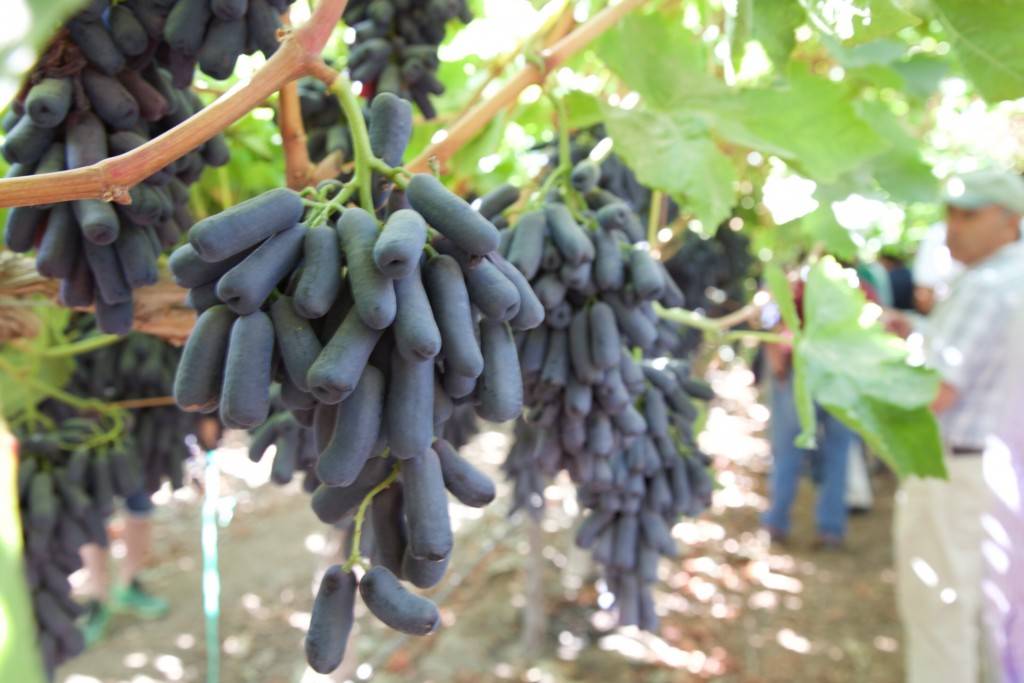Phoenix Sylvestris Seedlings – A Comprehensive Guide

Phoenix Sylvestris Seedlings – A Comprehensive Guide
We invite you to delve into the captivating world of Phoenix Sylvestris, the majestic palm species celebrated for its towering presence and timeless allure. This detailed guide will walk you through the intricacies of cultivating Phoenix Sylvestris seedlings, unlocking the secrets to transforming these tiny seeds into awe-inspiring palms.
Understanding Phoenix Sylvestris Seedlings:
Phoenix Sylvestris seedlings, commonly referred to as silver date palms, are characterized by their distinct features, making them stand out in the world of botanical wonders. To fully appreciate these young palms, let’s delve into the specifics of their size, appearance, and the remarkable potential that lies within their delicate frames.
Size and Appearance: The seedlings of Phoenix Sylvestris exhibit a unique charm with feather-like fronds that gracefully arch and silver-green foliage that imparts an elegant allure. Despite their diminutive size in the early stages, these seedlings carry the promise of evolving into majestic palms that command attention and admiration.
Incredible Potential: Beyond their initial modest appearance, Phoenix Sylvestris seedlings hold incredible potential for growth and transformation. As they progress through various developmental stages, these seedlings have the capacity to evolve into towering silver date palms, contributing to the lush and vibrant landscapes they are a part of.
Significance as a Landscaping Gem: Phoenix Sylvestris, in all its stages, holds a significant place in the world of landscaping. The unique visual appeal of the silver date palm makes it a sought-after choice for creating stunning outdoor spaces. The seedlings, in particular, play a pivotal role in this botanical journey as they represent the starting point of the palm’s life cycle, promising the beauty and grandeur that will unfold in the future.
Pivotal Role of Seedlings: Seedlings are the foundation of any plant’s life, and Phoenix Sylvestris is no exception. These young palms mark the beginning of a journey that involves careful cultivation, nurturing, and patience. Understanding the seedlings’ characteristics and potential is essential for providing the optimal conditions required for healthy growth and ensuring they reach their full splendor as mature palms.
Planting and Care Tips for Phoenix Sylvestris Seedlings:
Embark on the exciting journey of nurturing Phoenix Sylvestris seedlings by becoming well-versed in the essential practices that facilitate optimal germination and early growth. The success of this endeavor lies in understanding and implementing key planting and care tips that will set the stage for healthy and robust development.
Mastering Optimal Conditions: The first step in cultivating Phoenix Sylvestris seedlings is to create an environment conducive to their germination and early growth. Mastering optimal conditions involves careful consideration of factors such as temperature, humidity, and soil quality. Ensure that the surroundings are warm and consistently moist, fostering an atmosphere that encourages the seeds to sprout and seedlings to thrive.
Intricacies of Planting: Delve into the intricacies of planting, a critical phase in the journey of Phoenix Sylvestris seedlings. Pay close attention to selecting the right soil composition, providing a rich and well-draining medium that offers the necessary nutrients for healthy growth. Properly planting the seeds at the correct depth ensures their successful germination and sets the foundation for the development of sturdy and resilient seedlings.

Balancing Sunlight and Water: Achieving the perfect balance of sunlight and water is paramount in ensuring the well-being of Phoenix Sylvestris seedlings. These young palms thrive in bright, indirect light. Position them in a location that receives adequate sunlight without exposing them to harsh, direct rays. Additionally, maintain a consistent watering schedule, allowing the soil to remain evenly moist without becoming waterlogged, preventing issues such as root rot.
Sourcing Healthy Seedlings: The success of your cultivation efforts begins with sourcing healthy seedlings. Choose reputable suppliers or nurseries that offer quality Phoenix Sylvestris seedlings. Inspect the seedlings for signs of vigor, such as vibrant green fronds and well-developed root systems. Healthy seedlings are better equipped to withstand the challenges of early growth and are more likely to flourish under your care.
Priming for Robust Growth: To ensure robust growth within your care, take proactive steps to prime your Phoenix Sylvestris seedlings. This involves providing them with the necessary nutrients through a balanced fertilizer regimen. Regularly monitor for signs of pests or diseases, addressing any issues promptly to prevent them from hindering the seedlings’ development. Implement proper pruning practices when necessary, promoting the growth of strong and well-shaped fronds.
Transplanting and Outdoor Cultivation:
The transition from the controlled environment of pots to the expansive outdoors marks a crucial phase in the development of Phoenix Sylvestris seedlings. This transformative process involves careful considerations, from timing to acclimation techniques, to ensure the successful integration of your young palms into their new surroundings.
Optimal Timing for Transplanting: Understanding the optimal timing for transplanting Phoenix Sylvestris seedlings is key to their successful adaptation. Generally, it is advisable to undertake this process when the seedlings have achieved a robust size, with well-established root systems. Aim for a time when the weather is mild and stable, avoiding extremes of temperature that might stress the plants. Spring or early fall often present ideal conditions for a smooth transplant.
Techniques for Transplanting: Explore effective techniques for transplanting that minimize stress on the seedlings and maximize their chances of thriving in the new environment. Gently remove the seedlings from their pots, taking care not to disturb the roots excessively. Prepare the planting hole in the outdoor location, ensuring it is of sufficient size to accommodate the roots without crowding. Backfill with a well-draining soil mix, and water thoroughly to settle the soil around the roots.
Acclimating Seedlings to New Surroundings: Acclimating seedlings to their new surroundings is a delicate process that involves helping them adjust gradually to the outdoor conditions. Initially, place the transplanted seedlings in a shaded or partially shaded area to shield them from intense sunlight. Over the course of several days to weeks, gradually expose them to increasing amounts of sunlight. This gradual acclimation helps prevent shock and allows the seedlings to adapt to the outdoor environment at a pace that supports their growth.
Addressing Potential Challenges: The transition from indoor to outdoor environments can pose challenges for Phoenix Sylvestris seedlings. Potential stressors include changes in temperature, wind exposure, and soil differences. Be vigilant for signs of distress such as wilting or discoloration, and take prompt action to address these challenges. Consider providing temporary windbreaks or shade structures to shield the seedlings during their initial exposure to outdoor elements.
Practical Solutions for Success: Success in transplanting and outdoor cultivation lies in proactive measures to address challenges. Implement a consistent watering routine to maintain optimal soil moisture, especially during the early stages of transplanting. Mulching around the base of the seedlings helps regulate soil temperature and moisture. Regularly monitor the overall health of the transplants, adjusting care practices as needed to support their successful establishment in the outdoor environment.
In conclusion, the journey from Phoenix Sylvestris seedling to mature palm is a gratifying adventure that demands patience, care, and a profound appreciation for the beauty of nature. We encourage you to share your experiences, triumphs, and challenges in cultivating these stunning palms. Find additional resources on AzizNursery.com for further information and support on Phoenix Sylvestris cultivation, empowering you with the knowledge and tools for your botanical adventure. Happy gardening!
Keep Visiting Aziz Nursery Farm: Importer and Exporter of Ornamental Plants, Seeds and Seedlings
4 thoughts on “Phoenix Sylvestris Seedlings – A Comprehensive Guide”
Leave a Reply
You must be logged in to post a comment.

Prix De Clomid canadian pharmacy cialis 20mg Xenical Without Script
I need this seedling what will be the price?
0300 1483333. contact for price
What is price of 900 selvester palm seedlings in pattoki?